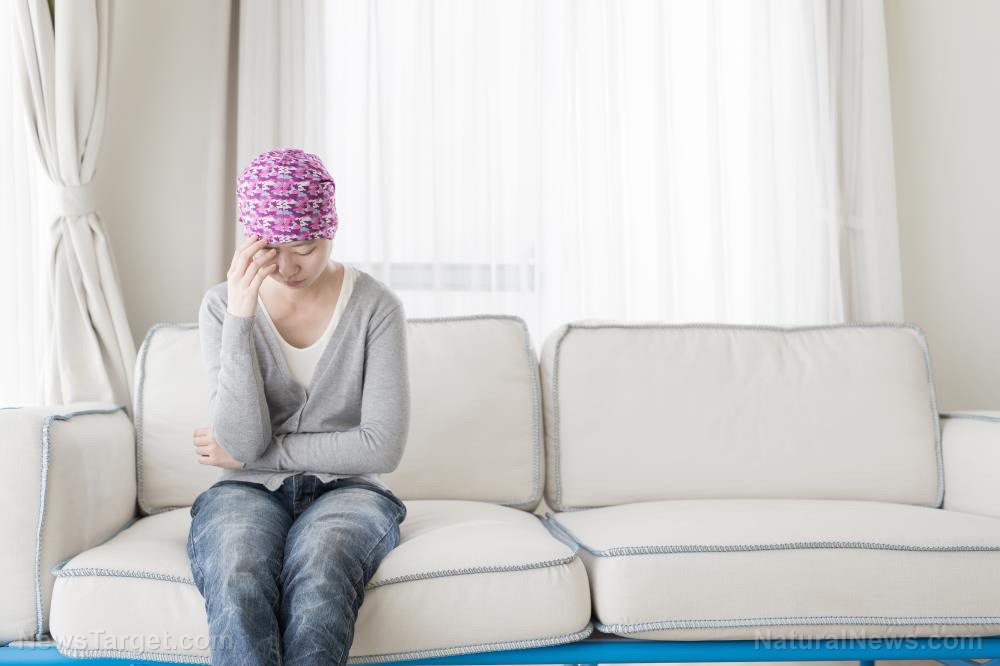
Advertisement
Chemotherapy has earned quite a reputation for the distress it causes your body, but many people believe it’s simply the price they have to pay if they want a fighting chance at surviving cancer. Unfortunately, what many patients don’t realize is that the very chemotherapy that is meant to stop their cancer in its tracks could well be spreading it instead. That may be hard to believe, but a recent study by Swiss researchers is just one of many to illustrate this devastating phenomenon.
Chemotherapy is a common cancer treatment that typically entails the administration of strong drugs designed to fight the disease. It may or may not be used alongside radiation therapy and/or surgery. The number of different chemotherapy drugs in use right now numbers in the hundreds, with some used to slow the growth of cancer and others used to stop the cells from spreading. Such drugs carry lots of side effects that can vary depending on the medication in question, but some of the more common side effects are nausea, hair loss, fertility issues, memory problems, and changes in bone marrow.
A team of researchers from the Ecole Polytechnique Federale de Lausanne illustrated how chemotherapy causes cancer to spread specifically in breast cancer patients who undergo neoadjuvant therapy. In this approach, patients are given chemotherapy before their tumor is removed via surgery in hopes of reducing the tumor’s size so that more of the breast can be saved in surgery. In some cases, it makes the tumor go away entirely, leaving few, if any, cancerous cells to be removed.

However, not every tumor will shrink with chemotherapy. In some cases, the tumor will resist the neoadjuvant therapy, and this means the person has a greater risk of metastatic disease, which sees the tumor recurring elsewhere in the body, such as in the lungs or bones.
The scientists discovered that two popular chemotherapy drugs, doxorubicin and paclitaxel, cause breast tumors to release vesicles known as exosomes. These exosomes contain a protein known as annexin-A6 – something that isn’t found in the exosomes that are released from tumors that haven’t been treated with chemo drugs. After the tumor releases them, they circulate in the blood, making their way into organs like the lungs where they facilitate the creation of cancerous cells in the new site.
Although the researchers say that neoadjuvant therapy can be useful in some types of invasive breast cancers, it’s important to be aware of the possibility that it could have the opposite effect. In fact, their finding could help them stop this from happening in the future. They discovered that when they neutralize annexin-A6 during chemotherapy or inhibit the monocytes that it attracts, experimental mammary tumors did not metastasize in the lungs.
Numerous studies illustrate how chemo causes cancer to spread
A different study carried out by scientists from The Ohio State University showed that chemotherapy triggers cellular responses that cause cancer to spread. In a study of breast cancer patients, those who took paclitaxel had overexpressed Atf3 genes; this did not happen to those who didn’t get chemotherapy. This gene distributes cancer cells through the lungs while priming the area to facilitate said cells’ survival. In other words, chemotherapy made these patients’ bodies more conducive to cancer.
Meanwhile, research that was printed in JAMA Oncology showed that patients aren’t gaining anything in exchange for the side effects chemotherapy is causing them, especially those with end-stage cancers. These patients are often given chemotherapy because they’re told it can prolong their lives and reduce their symptoms, but this research found the opposite. In fact, they say that the toxic effects of chemotherapy are damaging to the quality of life in those who are terminal, and it doesn’t even help them live longer. In fact, terminal patients who were given chemotherapy didn’t survive any longer than those who weren’t given the treatment. Unfortunately, end-stage cancer patients are even more likely than others to be prescribed chemotherapy.
Sadly, people are dying from the very therapy that is meant to save them. A study in 2006 found that at least 7.5 percent of deaths in cancer patients were from chemo; in 2016, more than half of cancer patient deaths were blamed on chemotherapy use – and this data only covers the first 30 days of the treatment!
Dealing with cancer is scary under the best of circumstances, and making all the decisions related to treatment can be overwhelming. However, it’s important for patients to be aware of the pros and cons of various options such as chemotherapy and to weigh them carefully before deciding on the best approach.
Sources for this article include:
Submit a correction >>
This article may contain statements that reflect the opinion of the author
Advertisement
Advertisements
















